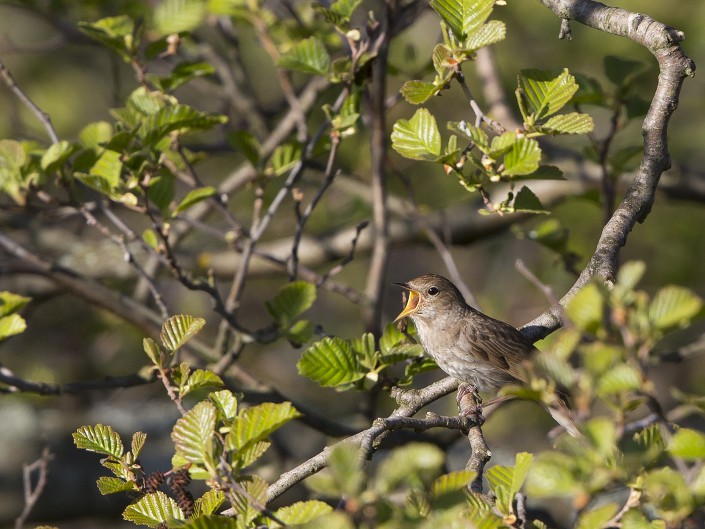This post is also available in: Swedish
Nightingale – Luscinia megarhynchos
Nightingale – Luscinia megarhynchos
It is slightly larger than the European robin, at 15–16.5 cm (5.9–6.5 in) length. It is plain brown above except for the reddish tail. It is buff to white below. Sexes are similar. The eastern subspecies L. m. hafizi and L. m. africana have paler upperparts and a stronger face-pattern, including a pale supercilium. The song of the nightingale has been described as one of the most beautiful sounds in nature, inspiring songs, fairy tales, opera, books, and a great deal of poetry.
Common nightingales are so named because they frequently sing at night as well as during the day. The name has been used for more than 1,000 years, being highly recognisable even in its Old English form nihtgale, which means “night songstress”. Early writers assumed the female sang when it is in fact the male. The song is loud, with an impressive range of whistles, trills and gurgles. Its song is particularly noticeable at night because few other birds are singing. This is why its name includes “night” in several languages.
This is the wonderful song
Recording by Eetu Paljakka from xeno-Canto












